All products featured are independently chosen by us. However, SoundGuys may receive a commission on orders placed through its retail links. See our ethics statement.
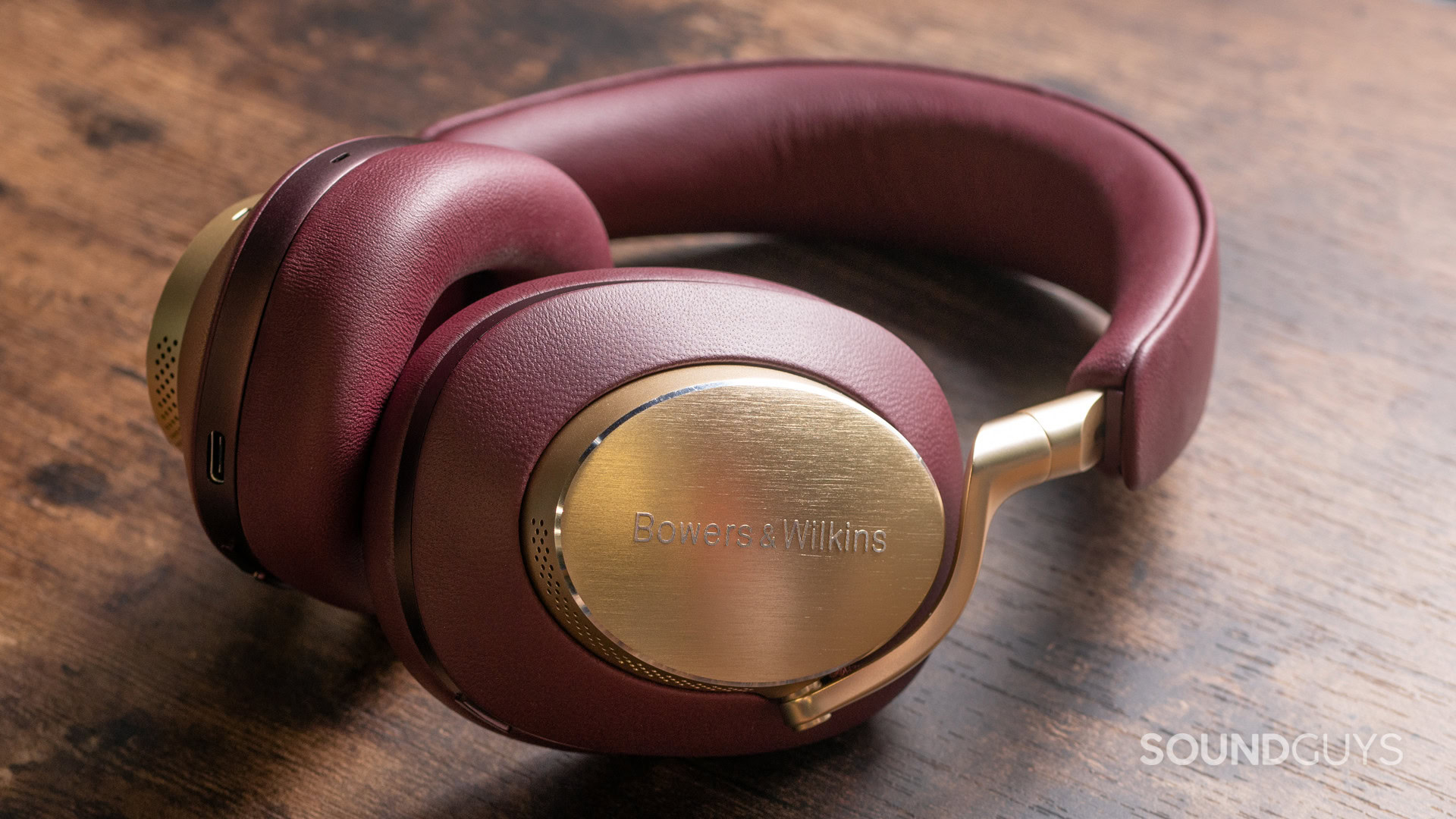
Bowers and Wilkins PX8 review
September 22, 2025
Bowers & Wilkins PX8
The world of luxury headphones is as confusing as it is dazzling. But are there headphones out there that marry the needs of the commuter and the critical listener? Bowers & Wilkins is a mainstay in the high-end audio world, and today we take a listen to its latest release, the Bowers & Wilkins PX8.
- This review has been updated on January 28, 2025, to update formatting, fix minor errors.
- This review was originally published on Jun 5, 2024.
The Bowers & Wilkins PX8 is for deep-pocketed audiophiles looking for ANC headphones to take on long travels. The Bowers & Wilkins PX8 is not for anyone looking for a bargain.
What’s it like to use Bowers & Wilkins PX8?
The Bowers & Wilkins PX8 is a versatile, comfortable, and capable set of headphones. Rather than lean into the hyper-modern look, Bowers & Wilkins brought the classic pastiche back for its PX8 headphones. With a skeleton of metal and accents in plastic, leatherette, and cloth: these are headphones built to attract those drawn to older designs.
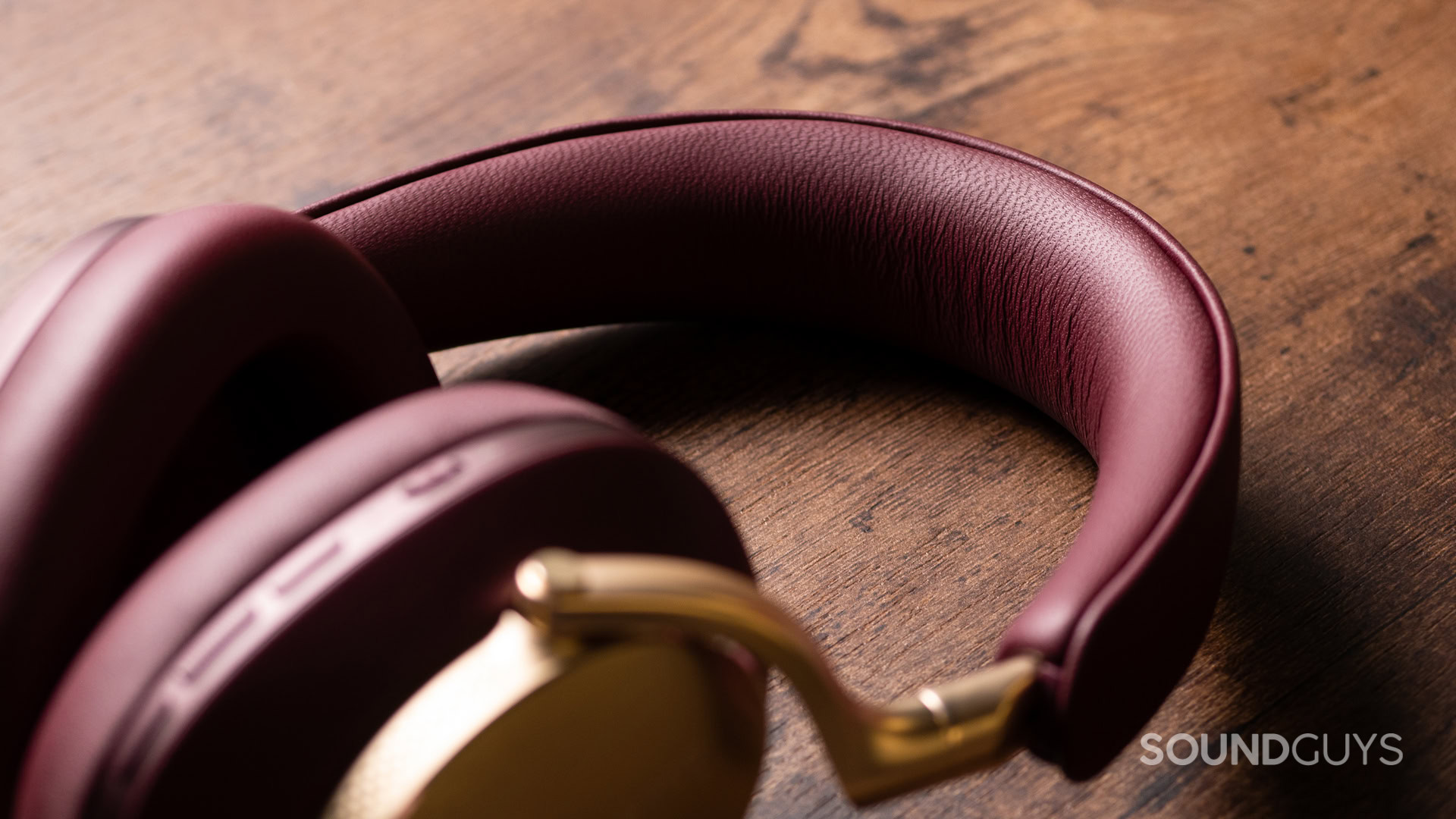
Each ear cup is attached to the band by an asymmetric, single-sided yoke that hinges in the back of each metal housing. The ear pads are very thick, wrapped in a leather substitute material, and create enough space between the drivers and your ear to prevent the headphones from mashing your pinna into your skull. Consequently, you should have no difficulties achieving a good fit with these headphones. Just don’t try to work out in them, as the Bowers & Wilkins PX8 does not have an ingress protection rating against moisture.
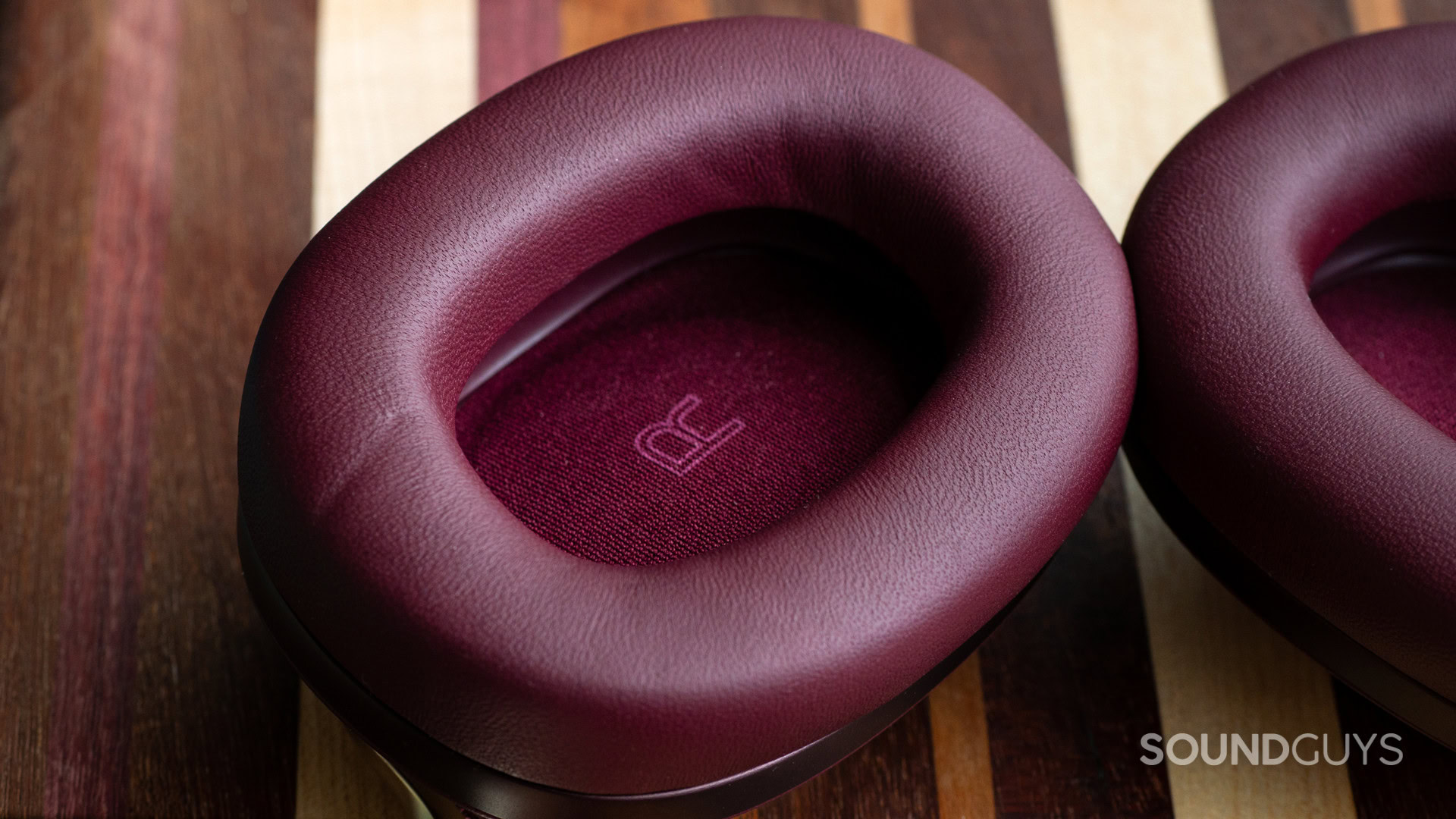
However, there is a catch here, and that’s the mass. While the thick padding on the ear cups and the band do a decent job of distributing weight onto your skull, a mass of 320 grams means it’s going to put a lot of pressure on your noggin over the course of many hours. In the short term the headphones are comfortable, but the heat buildup and the pressure need to be alleviated after a few hours in my experience.
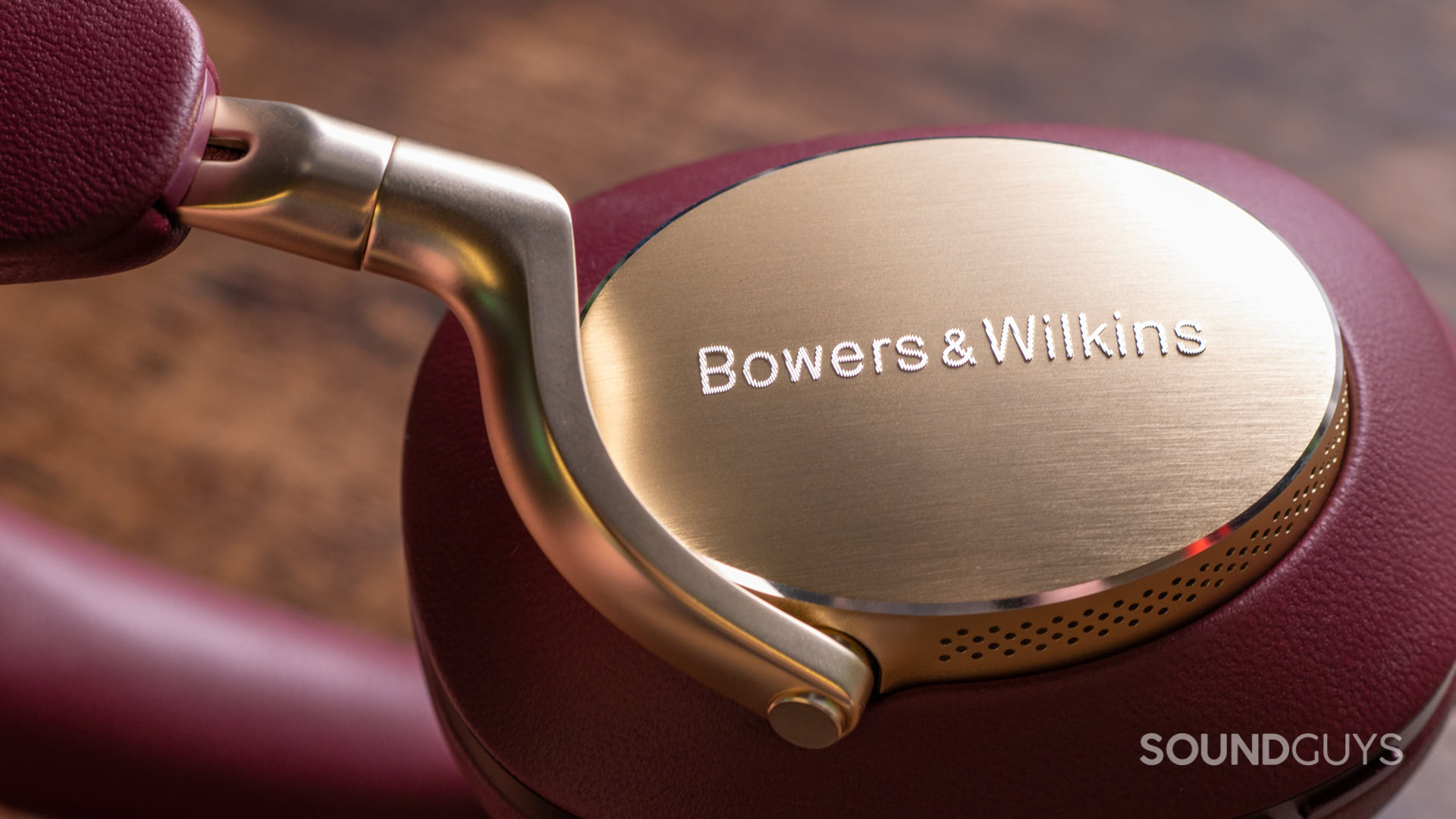
Using the headphones is a fairly basic experience, with the caveat that the extra connection options mean that there’s very little difficulty in using the Bowers & Wilkins PX8 with whatever source you have. That’s a nice thing, and definitely something that more high-end portable headphones could learn from. In short, the Bowers & Wilkins PX8 will be a good companion if you’re a collector of music, and need to use several different connection methods.
Travelers looking for a long-haul flight companion will like the Bowers & Wilkins PX8, as it has several design features and performance points that make it a good choice for long sojourns. The headphones swivel flat to be carried in a fabric-coated shell case, which then can easily slip into a carry-on. There’s also a hidden pocket in the middle of the case for the USB-C and USB to 3.5mm cables, and a mesh pouch in the lid to carry other odds and ends.
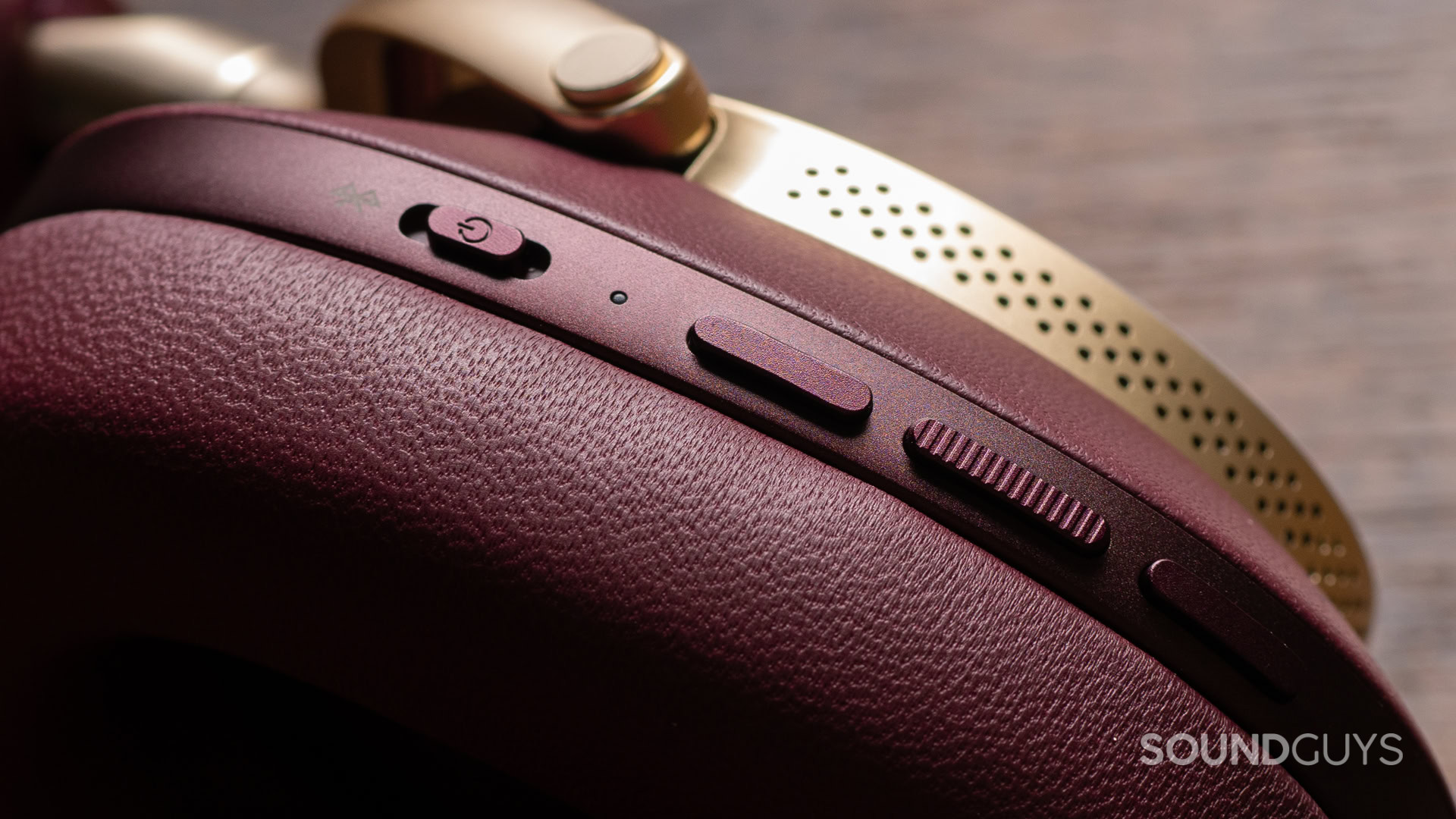
Controls for the Bowers & Wilkins PX8 are located on the back of the right ear cup, consisting of physical buttons and a slider for the power, Bluetooth, and pairing commands. But as always, I recommend not relying on the buttons too much, as you can affect your fit adversely if you press too hard. On the left ear cup is a user-selectable control that you need the app to customize.
Bowers & Wilkins PX8 controls:
| Input | Volume up / down | Multifunction | Power | Quick action |
|---|---|---|---|---|
| Input Single tap | Volume up / down Volume up / down | Multifunction Play / pause | Power Power | Quick action Voice assistant/ANC mode |
| Input Double tap | Volume up / down N/A | Multifunction Track forward | Power N/A | Quick action N/A |
| Input Triple tap | Volume up / down N/A | Multifunction Track backward | Power N/A | Quick action N/A |
| Input Long press | Volume up / down N/A | Multifunction N/A | Power Pairing | Quick action N/A |
As far as controls go, I’m actually surprised there aren’t more nestled in there, but this is a pretty standard array of user input avenues. While I’m not wild about physical buttons, they’re least problematic when they’re easy to tell apart when fumbling with your fingertips. The multifunction button on the right ear cup is ridged, so there should never be a situation where you hit the wrong button if you take a minute to feel it.
Should you use the Music | Bowers & Wilkins app for the Bowers & Wilkins PX8?
If you’d like to control your playback beyond what the physical controls allow, the Music app from Bowers & Wilkins will allow you to change the function of the button on the left ear cup. Additionally, you can adjust two frequency sliders (Bass, Treble) to tweak your sound a little bit, but nothing so fleshed-out as a parametric equalizer.
While I didn’t see anything in the Play Store suggesting the app is a privacy risk, we also can’t predict the future nor pull apart every app we come across. So, if you don’t want to install the app, don’t. However, it is necessary for firmware updates, so it’s a good idea to install the app every so often.
How do the Bowers & Wilkins PX8 connect?
The Bowers & Wilkins PX8 can connect to source devices over USB-C, a USB to 3.5mm TRS cable, or Bluetooth 5.2 over aptX Adaptive, AAC, or SBC. This is a really strong array of connection options, as it allows you to use just about any computer, player, or phone out there — now that Apple’s been forced to adopt the connector, anyway. Lossless fans will appreciate the onboard DAC and 24-bit DSP, as it allows you to listen to lossless audio over USB, meaning you can skip the extra equipment and just listen to your tunes using the internal battery of the Bowers & Wilkins PX8 as a power source. Though this kind of feature isn’t new, it’s still one of those things we like to call out as good design.
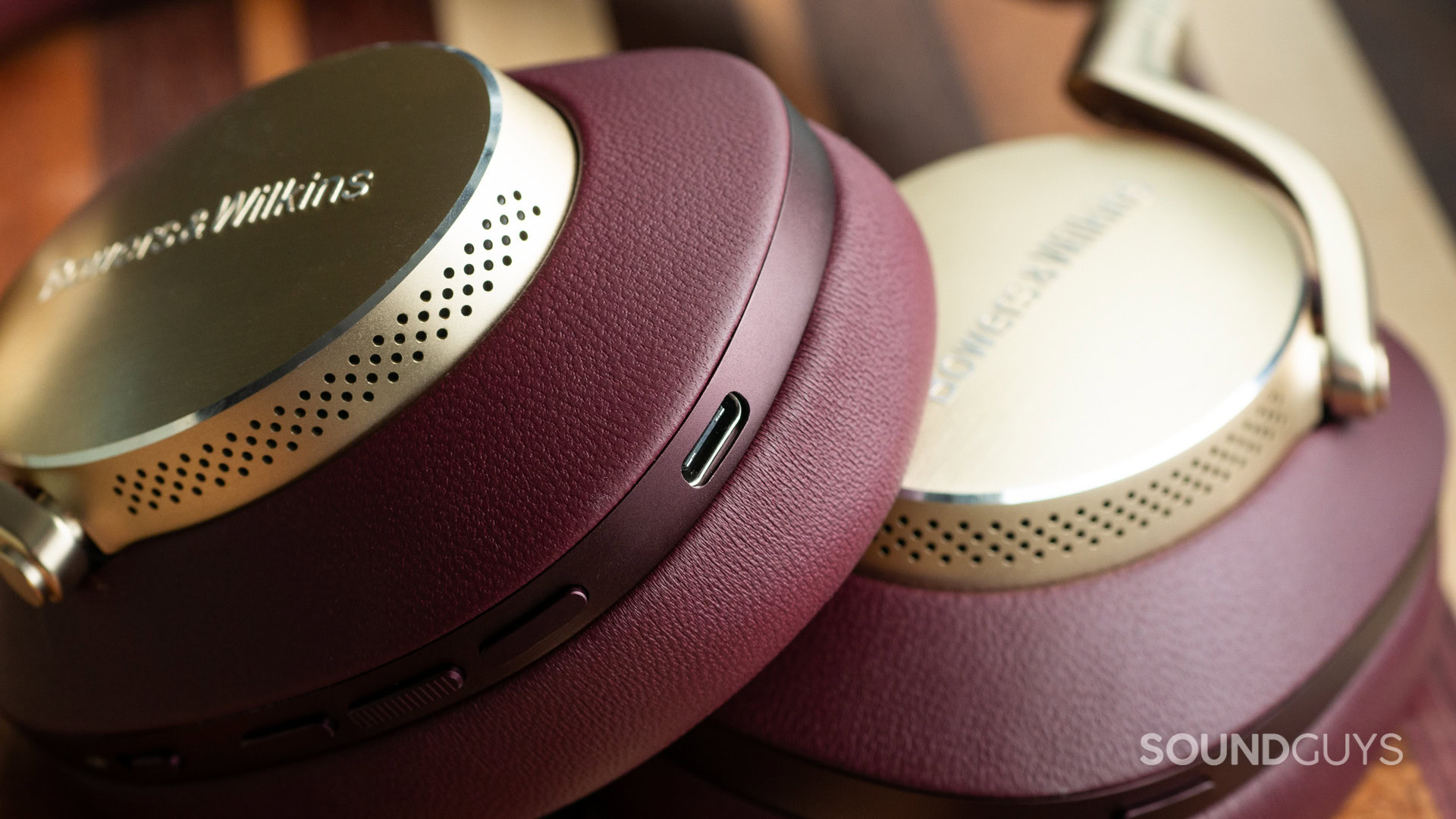
For those of you who like to bounce around from device to device, you’ll be happy to note that the Bowers & Wilkins PX8 can use Bluetooth Multipoint — though only with two devices at a time. This will allow you to seamlessly hand off the connection from your smartphone to your computer without having to do the re-pairing dance.
Over Bluetooth, you connect the Bowers & Wilkins PX8 the same way as you would any other Bluetooth headphones.
- Locate the Power/Bluetooth slider on the Bowers & Wilkins PX8 and turn the headphones on.
- In your source device, open the Bluetooth menu, and scan for new devices.
- Select the Bowers & Wilkins PX8 in the list of available devices.
- (Optional) Download the app, and check for updates.
How long does the Bowers & Wilkins PX8’s battery last?
With real music peaking at 75dB, the Bowers & Wilkins PX8 was able to survive our standardized battery gantlet for 40 hours and 39 minutes. This is more than good enough for an entire workweek’s worth of music listening, or a couple weeks’ worth of commutes. Additionally, a full charge should more than last you any flight on Earth without need of a recharge, so these headphones make for a dependable travel buddy.
Longer battery life also means fewer recharges and a greatly extended product lifespan. This is good if you want to buy headphones that will last a while, as the battery is usually the first thing that gives up the ghost with wireless headphones. Considering the price of the Bowers & Wilkins PX8, this is reassuring.
Bowers & Wilkins advertises a fast charging period of 15 minutes charge for 7 hours of playback.
How well does the Bowers & Wilkins PX8 cancel noise?
Loading chart ...
As far as noise cancelers go, the Bowers & Wilkins PX8 is one of the better options on the market. Able to hush about 83% of outside noise on average, the Bowers & Wilkins PX8 is able to kill off subway, airplane, and bus noise competently. However, noise under 90Hz like rumbles and thumps will still get through on occasion.
However, high-pitched noise will get absolutely erased due to excellent isolation from the Bowers & Wilkins PX8. However, as it is with any personal audio product that requires a seal in or near your ears: fit is everything. You may find that eyeglasses, larger ears, or an imperfect fit will affect the performance of the headphones in this regard. But in my experience, the Bowers & Wilkins PX8 is just ever-so-slightly behind the best noise canceling headphones out there, so you shouldn’t have to worry much.
The transparency mode offered by the product is quite decent, but you won't be fooled into thinking you're no longer wearing headphones or anything.
How do the Bowers & Wilkins PX8 sound?
If I had to characterize the sound of the Bowers & Wilkins PX8 in a single word, it’d be “bizarre.” Not “bad,” but definitely unusual.
Multi-Dimensional Audio Quality Scores (MDAQS)
The chart below shows how the sound of the Bowers & Wilkins PX8 was assessed by the Multi-Dimensional Audio Quality Score (MDAQS) algorithm from HEAD acoustics.
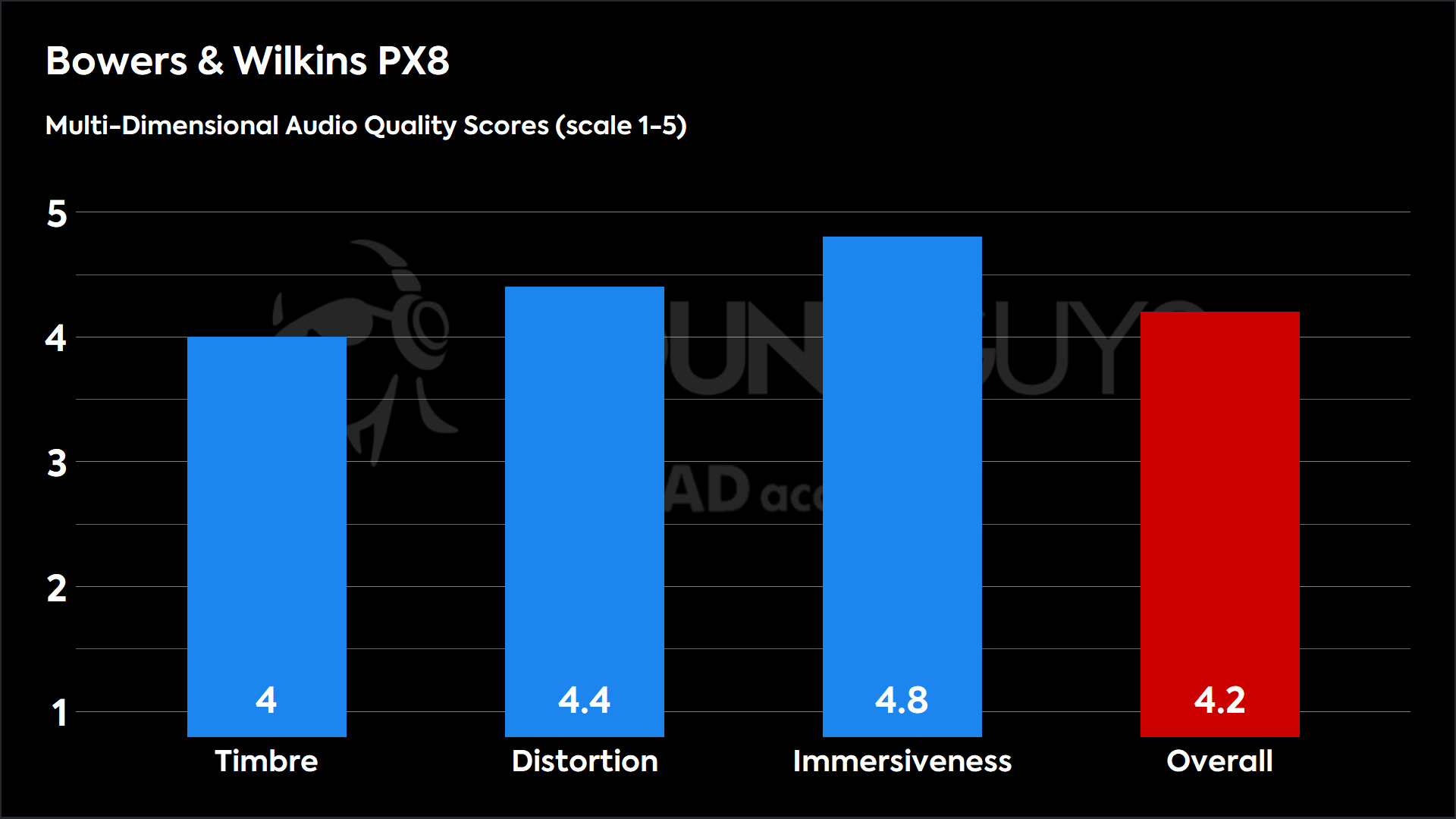
The Bowers & Wilkins PX8 lab tests, with an overall score of 4.2, confirm that most people will enjoy the sound of the Bowers & Wilkins PX8 — and do a great job with avoiding objectionable distortion. However, as evidenced by the low score for the timbre of the headphones, not everyone will like it. We suspect that the overwhelming bass might have something to do with this, as our measurements indicate it’s a bit strange. I can personally attest to that immersiveness score’s accuracy in my own listening, and the headphones do a great job of reproducing a faithful stereo image. Unless you’re an extremely picky audiophile, this should be good enough for most to enjoy.
- Timbre (MOS-T) represents how faithfully the headphones reproduce the frequency spectrum and temporal resolution (timing information).
- Distortion (MOS-D) represents non-linearities and added noise: higher scores mean cleaner reproduction.
- Immersiveness (MOS-I) represents perceived source width and positioning: how well virtual sound sources are defined in three-dimensional space.
Reviewer’s notes
Editor’s note: this review uses a hover-enabled glossary to describe sound quality based on a consensus vocabulary. You can read about it here.
When you listen to headphones that have several different connection methods, sometimes you run into some odd foibles and hiccups. Thankfully, Bowers & Wilkins nailed the on-board processing with the 24-bit DSP, so there’s nothing to talk about here. The headphones work well without much thought paid to connection method or settings.
Loading chart ...
As you can see, the sound doesn’t change much when the ANC is turned off, even if there are a few small differences. For example, the bass shelf starts a bit lower, and isn’t quite as excessive. But it’s still not different enough to improve its score.
Can you use the Bowers & Wilkins PX8 for phone calls?
The Bowers & Wilkins PX8 is a high-end set of ANC headphones, so naturally, it can handle phone conversations with no sweat. Below are microphone samples collected in a calibrated environment to give you an idea of how well you might sound on a call while wearing the Bowers & Wilkins PX8.
Bowers & Wilkins PX8 microphone demo (Ideal conditions):
How does the microphone sound to you?
Bowers & Wilkins PX8 microphone demo (Office conditions):
Bowers & Wilkins PX8 microphone demo (Street conditions):
Bowers & Wilkins PX8 microphone demo (Windy conditions):
Bowers & Wilkins PX8 microphone demo (Reverberant space):
The Bowers & Wilkins PX8 makes a valiant attempt at suppressing noise, but if the junk sounds are too loud: you may hear more cut-outs and quiet stretches than words. Wind is especially tough for the Bowers & Wilkins PX8 to handle, so if you regularly take meetings outside, you may want to ensure that you’re not directly in the path of the breeze.
Should you buy the Bowers & Wilkins PX8?

The Bowers & Wilkins PX8 is a very good set of headphones, but the high price tag makes this a tough call. While I vastly prefer these cans to the Sonos Ace and Sony WH-1000XM5, many people would find the Bowers & Wilkins PX8 a little too rich for their blood. If you’ve got the money to spare, that’s one thing, but most aren’t going to want to shell out $699 on headphones that don’t offer some killer feature or performance advantage over their competitors. But to say that these headphones aren’t worth the money is a stretch, it just depends on what things you value. Definitely look for these cans on sale.

But looks matter a lot to some folks, and in that regard, these are probably the best-looking ANC headphones at this price point until you get to something like the Focal Bathys. The Bowers & Wilkins PX8’s three colorways are quite attractive in a way that the rest of the ANC headphone segment simply isn’t, and that could be enough to tip the scales for some.
What should you get instead of the Bowers & Wilkins PX8?
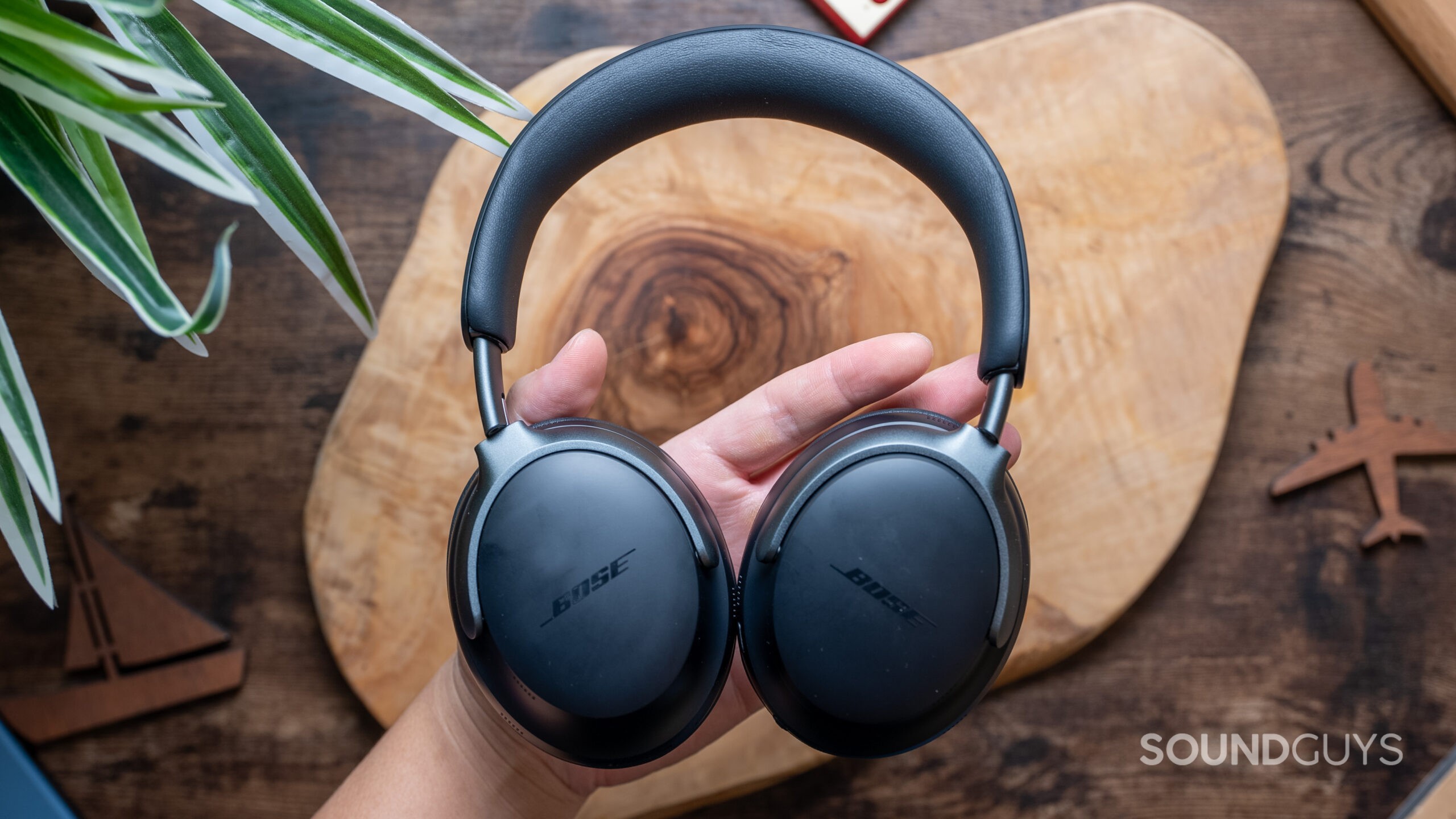
If you’re looking to save yourself some money, the Bose QuietComfort Ultra Headphones ($429 at Amazon), Apple AirPods Max ($499 at Amazon), Sony WH-1000XM6 ($448 at Amazon), and Bowers & Wilkins PX7 S3 ($449 at Amazon) all offer comparable performance to the Bowers & Wilkins PX8. Additionally, each of these models of ANC headphones is quite a bit less expensive than the Bowers & Wilkins cans. Though none of these options are as vintage chic as the Bowers & Wilkins PX8, if you’re less aesthetically-minded about the headphones you wear, all of these options will likely be a better fit for your needs.
However, of the above models, only the Sonos Ace has the connection options that the Bowers & Wilkins PX8 does, so if you absolutely need a 3.5mm plug or USB-C listening: the choices narrow to those two.
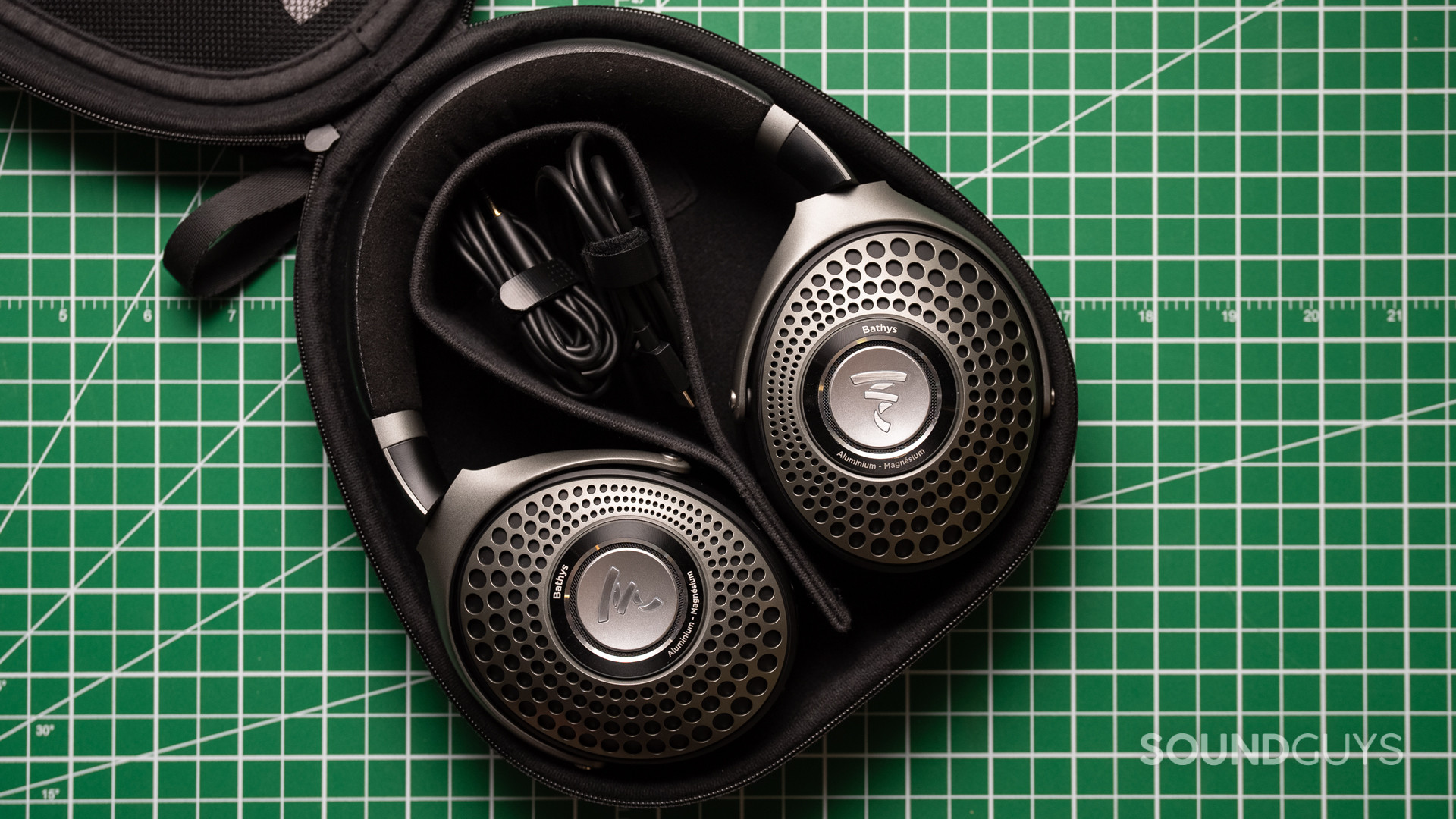
For those looking for something similar to the Bowers & Wilkins PX8 but a bit different, you might find your match in the Focal Bathys ($699 at Amazon). I prefer the sound of the Bathys, even though it’s slightly poorer at noise cancelation than the Bowers & Wilkins PX8. Both headphones offer USB-C listening, a 3.5mm cable, and high-bitrate Bluetooth codecs — so they’re excellent for older audiophiles and music enthusiasts with multiple different players.
Frequently asked questions
The PX8 sounds a bit better, but is heavier. Both are solid headphones. We recommend the newer model over the PX7, but if you find the latter on sale, you should consider it, as the difference between the two is not huge.
Yes, see above for samples.
No.
No.
Yes.
Thank you for being part of our community. Read our Comment Policy before posting.